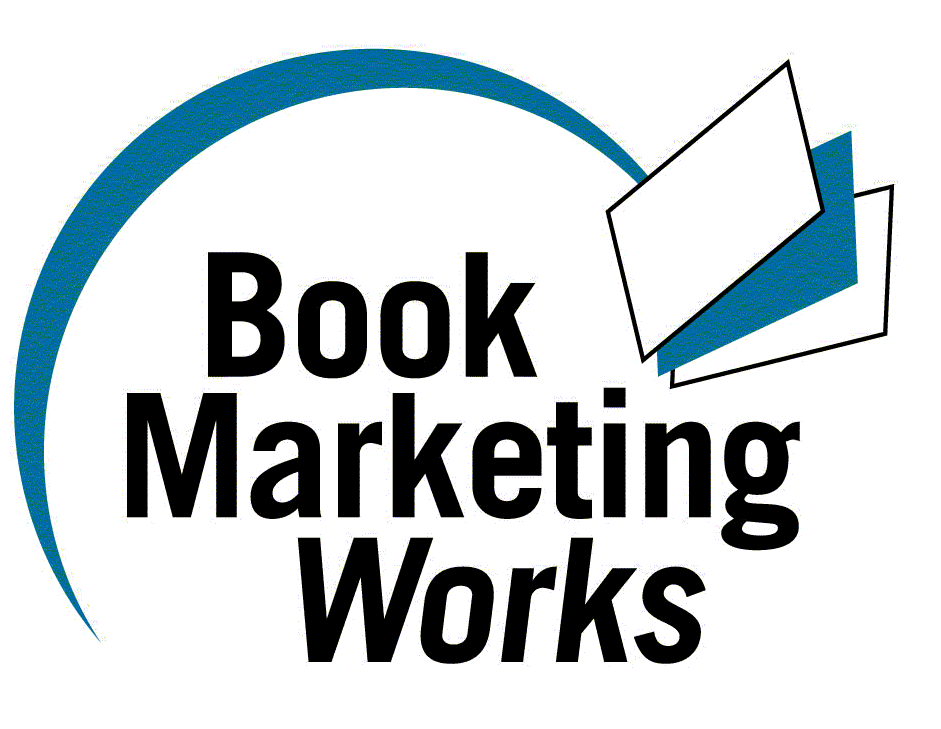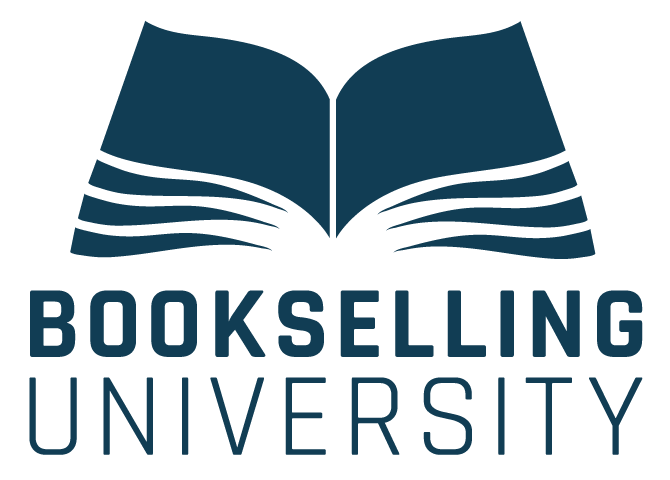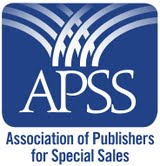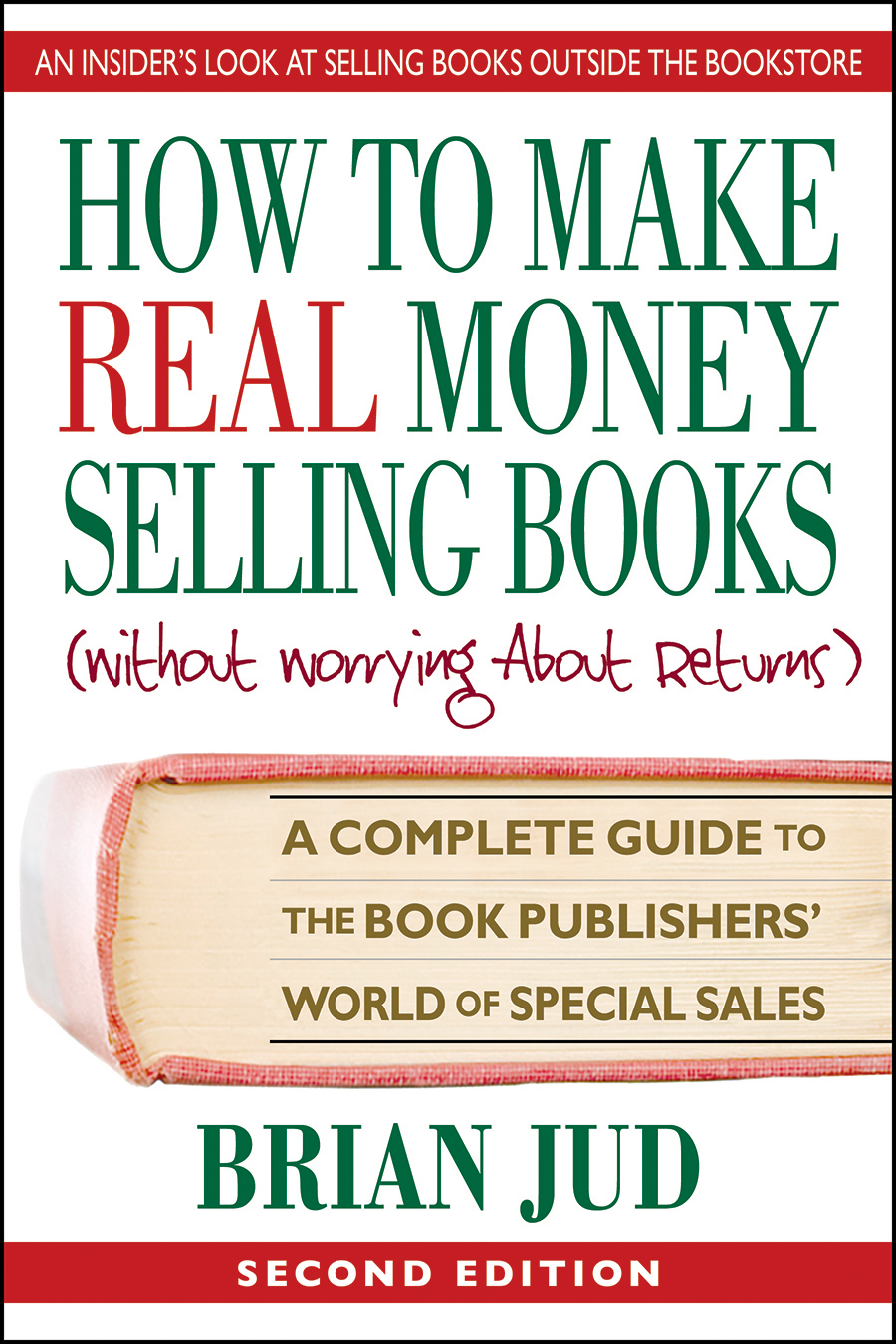|
Take the "Junk" out of Direct Mail By Brian Jud Direct mail has been given a bad reputation because of overuse and poorly designed mailing pieces. Unfortunately, people perceive all direct mail as junk mail, and its Internet equivalent as spam. In reality, direct mail is a targeted marketing weapon that that can help you sell more books, test new titles, generate sales leads or communicate information about your authors and your business. Specifically, when you have a finite, identifiable group of people who are potential customers for your books, direct mail may be the most effective and efficient marketing tool you can use to reach them. It gives you control of the timing, delivery and content of your promotion, a pre-determined fixed cost and the means to forecast and measure the return on your marketing investment. Unfortunately, direct marketing is too often implemented simply by purchasing a mailing list and then sending an existing brochure to the people on it. However, unless you first prepare a tactical plan, including a way to evaluate your relative success, you will probably end up wasting money and becoming disillusioned in the potential effectiveness of a strategic direct mail campaign. Your plan can be a simple document that describes the benefits of your title to a particular market niche and the proposition you will offer to entice people to purchase your books. Your plan should outline the actions you intend to take in six key areas. These areas are the books/products you offer, the target market, the special offer you are proposing, the format you present and the ways in which you test and evaluate your implementation. The product. Not all books are destined for successful direct marketing. Before you decide if the title you select can be sold successfully via direct marketing, ask yourself several questions. First, is it a real value for the price you are asking? If you are trying to deplete your inventory of over-priced books simply by offering a reduced price via direct mail, you may be disappointed. Instead, think about your titles from the recipient's perspective. Is the point of difference important to them? Does the trade dress create a good first impression? If the book is worthwhile to your prospects, its price becomes less significant. Continue by evaluating the titles you will include in the package. Can your potential customers buy something more current and less expensive from your competitors? If you are bundling several titles, how will you package them? What is the shipping cost? Will that cost be passed on to the buyer or be included in your price? Will the title's pricing structure support the discount you intend to offer? The target market. There are two general groups of people to whom you could mail your package: customers and prospects. In either case, if you mail to an outdated list, your results will be unsatisfactory at best. When mailing to existing customers, make sure your list is cleaned regularly. While the addresses will probably remain the same, the recipients may change periodically. Organize your customer list by their purchasing history. Those who traditionally purchase one portion of your titles may not be interested in the remainder of your line. Furthermore, different bundles of titles and services may appeal to some and not others. You could also segment your customer list by those who have purchased recently, those who purchase frequently and by the dollar value of their orders. Each group will be receptive to different repurchase incentives. If you intend to mail to prospective customers, you may have to buy a list. Before doing so, make sure the list has been cleaned (old names eliminated) recently. Mailing lists can be highly defined, offering lists by name, title, geographic location or other useful segments. Give the list broker information sufficient for them to create a productive list for you. When you purchase a list, it is usually for onetime use. Do not attempt to use it twice, since most are seeded with the name and address of a person who monitors how many letters he or she receives from you. If that person receives multiple mailings from you, you will be charged for another use of the list and perhaps excluded from buying that list again. The offer. You may be surprised to learn that the most important part of your direct-mail package is not your book, but the offer that surrounds it. There are several basic propositions you can use by themselves or in various combinations, depending on your objectives. Here is a list of several: 1. Free information. This is often the most effective offer, particularly when your objective is to generate leads for future business. Tell people that when they send for a copy of your book they will also receive a special report or some other free, useful information. You can also direct people to your web site for answers to frequently asked questions. 2. Samples. If you are selling booklets or other low-cost items, a sample will show people the level of information and quality they may expect when purchasing from you. Perhaps making an excerpt available on your web site will accomplish the same result for your books. Or if you are selling accessories or supplies, free samples represent a continuous reminder of your product offering. 3. Conditional sale. If you are selling a subscription of your newsletter, or perhaps a continuity book program, you could prearrange the possibility of long-term acceptance based on a sample. For instance, you would offer the premier issue of your newsletter for free if the prospect agrees to a one-year subscription. 4. Yes-No. This is an involvement proposition where the prospect is asked to respond by indicating whether he or she accepts or rejects your offer. Historically, more favorable responses are received from making a choice then when no rejection option is provided. 5. Time limit. Setting a time limit on a given offer forces action, either positive or negative. Usually it is more effective to name a specific date rather than a time period. Allow enough time for deliberation, but not so much as to cause inertia. 6. Discounts. A discount is a popular lure and is particularly effective where the value of your book is well established. Three types of discounts are typically offered: for cash, for an introductory order or for volume purchases. Providing free shipping could be considered a discount if the customer is used to paying for freight. Not only is the discount itself a key to success or failure, but also the manner in which it is presented can have an equally dramatic effect. For example, here are three ways to state the same proposition: 1. Half price! 2. Buy one -- get one free! 3. 50% Off! Which of these do you think would be most effective? The one most likely to draw a higher response is Number 2 because of the power of the word free. 7. Negative option. This offer prearranges for shipment if the customer does not cancel the shipment by mailing a rejection form prior to the deadline. 8. Positive option. Here, every shipment is based on a direct action by the customer. Front-end response to a positive option is likely to be lower, but long-term sales are likely to be greater, and returns lower. 9. Load-up. This is a favorite of publishers of continuity series. For example, you would offer a set of twelve books, one to be released each month. After the customer has received and paid for the first three books you would invite him or her to receive the remaining nine all in one shipment with the understanding that payments may continue to be made monthly. This invariably results in more complete sets of books being sold. 10. Free gift. For best results, test several gifts to determine the one most appealing to the target audience. The most important criterion for gift selection is 1) appropriateness of the gift, 2) its effect on repeat business, and 3) net profit per thousand including the cost of the gift. 11. Secret gift. If the prospective customer completes all the information on the reply card or order form he or she will receive an extra free, unnamed gift. 12. Advance payment. If you want the customer to order with a credit card or to send a check with the order you could offer an incentive for doing so. This might be a special report or free gift. 13. Add-on offers. If you want your customer to call you, tell them to ask for your special offer when they speak to your sales person. A variation of this might direct more traffic to your web site. 14. Deluxe alternatives. Give the customer a choice between your perfect-bound book and your special leather-bound edition. An autographed copy could be considered a deluxe alternative, too. 15. Offer a guarantee. The words satisfaction guaranteed are at the heart of all mail order selling. If you include a buy-back option it becomes even more effective. 16. Bounce-backs. This offer succeeds on the premise that the best time to sell people is right after you have sold them. Here, forms offering more of the same item, related books or items totally different from that originally purchased are included in shipments or with the invoices. 17. Optional terms. The technique here is to give the prospect the option of choosing terms at varying rates. The bigger the commitment the better the bargain. The format. The standard format for direct mail is a three-piece package consisting of a cover letter describing the offer, a brochure and a reply mechanism. However, you can create many variations of this traditional package. Before you get too creative, make sure your piece is in character with the image of your publishing firm and the titles offered. For example, many mail envelopes have a teaser on them to get the recipient to open it. While this can be an effective strategy, don't demean your titles with unnecessary clip art that could distort the impression you want to make. When in doubt, remember the KISS principle: Keep It Straightforward and Simple. Make your letter informative and persuasive, your flyer attractive and descriptive and your reply mechanism complete and easy to use. The test. Before you embark on a 100,000-piece nationwide mailing, test on a smaller scale your choice of titles, the list you will use, the offer you will make and different formats you plan to use. Also test the timing of your mailing and alternative geographic areas. Invariably you will learn ways to fine-tune the four key areas listed above and more accurately forecast the results you can expect on the larger mailing. Analysis. Before you conduct your direct-mail campaign, make sure it will be profitable for you. The form below will help you calculate the cost of the mailing to make the offer, plus the cost of sending the title in response to an order. Expected Revenue Selling price Shipping and Handling Total Revenue $
Initial Cost: Purchase list Printing Envelopes Cover letter Brochure Reply card Postage Out Per Reply Fulfillment cost: Cost of the book Packaging Label Postage Merchant fee (if allowing credit-card sales) Returns Total Cost $ Net Revenue $ Forecasted Sales $ Net Profit per sale $ Net profit from mailing $ |
Check out these testimonials...





